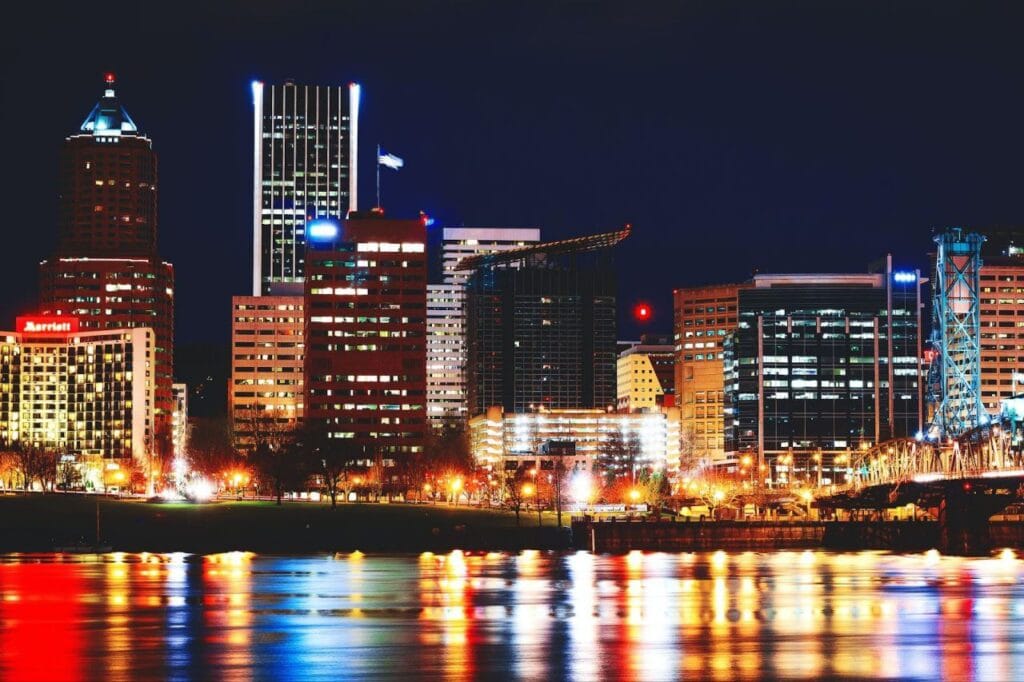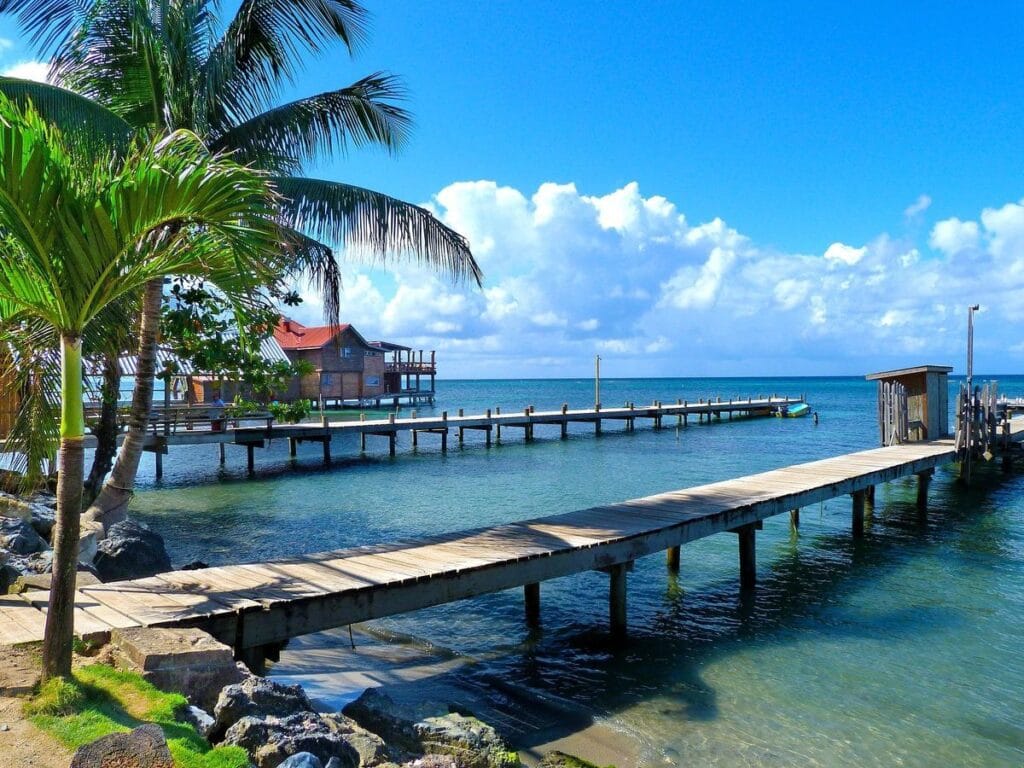Best Family on Vacation Australia Tour.
Unforgettable Memories: Your Ultimate Family on Vacation Guide to Australia’s East Coast:
Dreaming of a family on vacation that combines adventure, relaxation, stunning scenery, unique wildlife, and vibrant cities? Look no further than Australia! This vast and diverse country offers endless possibilities for creating lifelong memories, making it an ideal destination for family trips. While exploring the entire continent requires significant time, focusing on a specific region like the famed East Coast provides an incredible taste of what Australia has to offer, perfect for a family trip ranging from two to four weeks.

Imagine starting your journey in the bustling harbour city of Sydney, moving north through charming coastal towns, encountering unique wildlife, and culminating in the sun-drenched beaches and theme park thrills of the Gold Coast. This classic route is fantastic for families, offering a blend of experiences that cater to all ages. It’s more than just a holiday; it’s an adventure, potentially a family road trip filled with discovery. Planning family tours here involves choosing between iconic landmarks, beautiful national parks, indigenous cultural experiences, and laid-back beach time. This guide will walk you through planning your incredible family on vacation down under, ensuring it’s packed with fun, learning, and bonding moments. Get ready to say “G’day” to an unforgettable Australian adventure!
Historical Significance and Background
Australia’s history is incredibly deep, stretching back over 65,000 years with the rich cultures of Aboriginal and Torres Strait Islander peoples, the oldest living cultures on Earth. Before European settlement in 1788, hundreds of distinct Indigenous nations thrived across the continent, each with unique languages, customs, and a profound connection to the land (Country). The East Coast, where your family trip might focus, holds significant sites and stories from both Indigenous history and the era of European exploration and colonization, beginning with Captain James Cook’s voyages. Understanding this dual history adds immense depth to your visit. You can engage with Indigenous culture through dedicated centres, tours, and art galleries, offering your family valuable perspectives. Colonial history is visible in Sydney’s historic Rocks district and various regional towns.
Why Should You Visit There?
Australia’s East Coast is tailor-made for a family on vacation:
- Diversity: From Sydney’s global city buzz to the Gold Coast’s theme parks and Byron Bay’s bohemian vibe, there’s a pace and place for everyone.
- Nature & Wildlife: Stunning beaches, lush rainforests (like Dorrigo National Park), and accessible wildlife encounters (kangaroos, koalas, dolphins, whales in season) are highlights.
- Activities Galore: Surfing lessons, snorkelling or diving (further north on the Reef), hiking, city exploration, museum visits, theme parks – boredom isn’t an option.
- Family-Friendly Infrastructure: Australia is well-set up for family tours, with plentiful accommodation, restaurants catering to kids, playgrounds, and safe swimming areas (patrolled beaches).
- Educational Opportunities: Learn about unique ecosystems, Indigenous culture, and Australian history in engaging ways.

Nearest Popular Tourist Attraction (Along the Sydney > Gold Coast Route)
- Sydney: Opera House, Harbour Bridge (and BridgeClimb!), Taronga Zoo, Bondi Beach, Darling Harbour (Sea Life Aquarium, Wild Life Sydney Zoo, Madame Tussauds), The Rocks, Blue Mountains (day trip).
- Central Coast (NSW): Reptile Park, beautiful beaches like Terrigal.
- Port Stephens: Dolphin watching cruises, sand dune adventures.
- Coffs Harbour: The Big Banana Fun Park, Dorrigo National Park (nearby).
- Byron Bay: Cape Byron Lighthouse (most easterly point), surfing, markets, vibrant town centre.
- Gold Coast: World-class beaches (Surfers Paradise, Burleigh Heads), theme parks (Movie World, Sea World, Wet’n’Wild, Dreamworld), Currumbin Wildlife Sanctuary, Springbrook National Park (hinterland).
How to Starting The Journey from Capital City?
While Canberra is the capital, most international family trips to the East Coast begin in Sydney (SYD) or Brisbane (BNE), both major international gateways. Let’s assume you start in Sydney:
- Arrival: Fly into Sydney Kingsford Smith Airport (SYD).
- Transfer: Easily transfer to your city accommodation via Airport Link train, taxi, rideshare, or shuttle bus.
- Orientation: Spend a few days acclimatizing and exploring Sydney’s iconic sights before starting your coastal journey north.

Transportation Options
- Rental Car (Family Road Trip!): The most flexible option for exploring the East Coast. Allows you to stop spontaneously, access national parks easily, and travel at your own pace. Essential for a true family road trip. Remember Australians drive on the left!
- Domestic Flights: Qantas, Virgin Australia, and Jetstar connect major cities (Sydney, Ballina/Byron, Gold Coast, Brisbane). Good for covering long distances quickly but less flexible for coastal exploration.
- Coaches/Buses: Services like Greyhound run up the coast, offering a budget-friendly option, but with fixed schedules and routes.
- Train: While Australia has trains, the coastal route between Sydney and Brisbane is less direct and often slower/more expensive than driving or flying for this specific journey.
(Image: Placeholder for a royalty-free image of a family loading luggage into a rental SUV parked with a scenic coastal view behind them. Alt Text: Family preparing for their Australia family road trip along the scenic East Coast.)
Best Time To Visit There?
The East Coast generally has a pleasant climate, but the best times for a family on vacation are:
- Spring (September – November): Mild temperatures, sunny days, blooming flora, whale watching season ending (early Spring). Less crowded than summer.
- Autumn (March – May): Similar to Spring, with pleasant temperatures and fewer crowds after the summer rush. Water is still warm for swimming.
- Summer (December – February): Hottest months, perfect beach weather, but also peak season with school holidays (book well in advance!), higher prices, and potential for humidity/rain further north.
- Winter (June – August): Cooler, especially in Sydney and south. Less rain, fewer crowds, lower prices. Still pleasant further north (Gold Coast). Whale watching season begins.
Scenic Route To Place
The drive from Sydney to the Gold Coast (approx. 850km / 530 miles) primarily follows the Pacific Highway (A1/M1). While it’s the main artery, the magic lies in detouring to coastal towns and attractions:
- The Legendary Pacific Coast Drive: This is the official touring route name. Look for signs.
- Detours: Don’t just stick to the highway. Turn off to explore places like Port Stephens, Forster, Port Macquarie, Nambucca Heads, Byron Bay, and Tweed Heads. Each offers unique charm.
- Pace Yourself: Allow at least 5-7 days for the drive itself to enjoy stops, making it a relaxed family road trip.
Picturesque Landscapes
Prepare for breathtaking variety:
- Coastline: Dramatic cliffs, golden sandy beaches, turquoise waters, hidden bays.
- Hinterland: Lush subtropical rainforests, waterfalls, rolling green hills, mountain lookouts.
- Cityscapes: Sydney’s iconic harbour, Gold Coast’s skyline against the beach.
- Rivers & Lakes: Cruising or kayaking opportunities on rivers like the Hastings or Clarence, and the Myall Lakes National Park.
Local and Traditional Culture
- Aussie Lifestyle: Experience the laid-back, outdoor-focused culture. Beach life, BBQs (“barbies”), sports (especially cricket and rugby league), and a friendly “G’day” are staples. Coffee culture is huge!
- Indigenous Culture: Seek out opportunities to learn respectfully. Visit Aboriginal cultural centres (like the Minjungbal Aboriginal Cultural Centre in Tweed Heads), take guided walks focusing on bush tucker and Dreamtime stories, or view Indigenous art. Always engage with sensitivity and respect.
Exploring The Place (Sydney > Gold Coast Route)
- Sydney: Climb the Harbour Bridge Pylon Lookout (easier with kids than the full climb), take a ferry to Manly or Taronga Zoo, explore Darling Harbour’s attractions, wander The Rocks.
- Coastal Towns: Learn to surf in Port Macquarie or Byron Bay, go dolphin watching in Port Stephens, visit the Koala Hospital in Port Macquarie, enjoy fish and chips by the beach.
- Gold Coast: Hit the theme parks, build sandcastles on Surfers Paradise beach, explore Burleigh Heads National Park, visit Currumbin Wildlife Sanctuary for close encounters.
Artifacts And Exhibits
- Australian Museum (Sydney): Natural history and cultural exhibitions, including significant First Nations collections.
- Australian National Maritime Museum (Sydney): Explores Australia’s connection to the sea.
- Regional Museums: Smaller towns often have local museums detailing their specific history (e.g., timber, fishing).
- Aboriginal Cultural Centres: Offer insights into local Indigenous history, art, and culture (e.g., Minjungbal).
Visitor Experience
Expect a generally relaxed, safe, and welcoming environment. Australians are informal and friendly. Visitor centres in towns are excellent resources. The experience is geared towards enjoying the outdoors and diverse activities. A family trip here is about active participation – swimming, hiking, exploring.
Cruise On The Place
- Sydney Harbour: A ferry ride is essential (e.g., to Manly or Taronga Zoo). Dinner cruises and sightseeing tours are also popular.
- Whale Watching (May-November): Cruises depart from Sydney, Port Stephens, Coffs Harbour, Byron Bay, and the Gold Coast.
- Dolphin Watching: Port Stephens is famous for its resident pods.
- River Cruises: Available in some towns like Port Macquarie or on the Tweed River.
- Gold Coast Canals: Explore the extensive canal system via tour boat.
(Image: Placeholder for a royalty-free image of a family on a whale watching boat, looking out excitedly at the ocean. Alt Text: Family on vacation experiencing a whale watching tour off the coast of Australia.)
Wildlife And Nature
Australia is renowned for its unique fauna and flora:
- Iconic Animals: See kangaroos and wallabies (often seen roadside in rural areas or in sanctuaries), koalas (best seen in sanctuaries like Currumbin or Port Macquarie Koala Hospital), wombats, echidnas.
- Birdlife: Kookaburras, colourful parrots (lorikeets, rosellas), pelicans, cockatoos.
- Marine Life: Dolphins, sea turtles, tropical fish (further north), migrating whales (seasonal).
- National Parks: Explore diverse ecosystems from coastal heathland to dense rainforest. Well-marked trails are common.
Local Cuisine And Traditional Dishes
- Seafood: Abundant and fresh – prawns, oysters, barramundi, fish and chips by the beach.
- BBQ: A cultural institution. Public BBQs are available in many parks. Sausages (“snags”), steaks, chops are popular.
- Meat Pies & Sausage Rolls: Classic Aussie bakery fare.
- Modern Australian (“Mod Oz”): Fusion cuisine blending European techniques with Asian and local ingredients.
- Sweets: Lamingtons (sponge cake dipped in chocolate and coconut), Pavlova (meringue topped with cream and fruit), Tim Tams (chocolate biscuits).
- Vegemite: The iconic yeast spread – try it thinly on buttered toast!
- Fresh Produce: Amazing tropical fruits further north (mangoes, bananas).
Recommended Restaurants
- Surf Life Saving Clubs (SLSCs): Often have bistros (“surf clubs”) offering good value meals with fantastic beach views. Very family-friendly.
- Pubs: Many have dedicated family bistros with kids’ menus and sometimes play areas.
- Cafes: Great for breakfast, brunch, lunch, and excellent coffee.
- BYO (Bring Your Own): Some restaurants allow you to bring your own wine (check for corkage fees), which can save money.
- Food Courts: Offer diverse, budget-friendly options in shopping centres.
Accommodation Options and Budget-friendly Stays
- Holiday Parks: Excellent for family trips. Offer powered sites for caravans/campervans, tent sites, and self-contained cabins. Often have pools, playgrounds, BBQ areas, and camp kitchens. Very sociable.
- Motels: Found along highways and in towns. Offer basic, clean rooms, often with family room configurations.
- Hotels: Range from budget chains (e.g., Ibis Budget) to luxury resorts.
- Serviced Apartments / Airbnb: Good for families wanting more space, self-catering facilities, and potentially longer stays.
- Budget Tip: Travel outside peak school holiday periods for better rates. Cooking some meals yourself saves money.
Tips For A Memorable Trip
- Book Ahead: Especially accommodation and popular tours during peak seasons.
- Pace Yourselves: Don’t try to cram too much in. Distances can be vast. Factor in rest days, especially on a family road trip.
- Involve the Kids: Let children have input into activities. Balance adult interests with kid-friendly fun.
- Pack Smart: Layers of clothing, swimwear, hats, sunglasses, rain jacket (just in case), comfortable walking shoes.
- Stay Connected: Consider a local SIM card or eSIM for data and calls.
- Embrace the Outdoors: Make the most of the beaches, parks, and wildlife opportunities.
(Image: Placeholder for a royalty-free image of a family applying sunscreen on a sunny Australian beach. Alt Text: Family on vacation practicing sun safety on an Australian beach.)
Health And Safety
- Sun Protection: Essential! Australia has strong UV radiation. “Slip, Slop, Slap, Seek, Slide” – Slip on a shirt, Slop on sunscreen (SPF 30+ or 50+), Slap on a hat, Seek shade, Slide on sunglasses. Reapply sunscreen often.
- Water Safety: Swim at patrolled beaches between the red and yellow flags. Be aware of rips (currents). Supervise children closely near water.
- Driving Safety: Remember to drive on the LEFT. Take regular breaks to avoid fatigue. Be aware of wildlife on roads, especially at dawn and dusk. Adhere to speed limits.
- Insects: Mosquitoes and flies can be present, especially near water or bushland. Use insect repellent. Check for ticks after bushwalking.
- Hydration: Drink plenty of water, especially in warmer weather.
- Emergency Number: Dial 000 (Triple Zero) for Police, Fire, or Ambulance.
- Travel Insurance: Highly recommended for all international family trips.
Do’s and Don’ts
- Do: Say G’day and Please/Thank you.
- Do: Swim between the flags.
- Do: Wear sunscreen and a hat.
- Do: Try local foods.
- Do: Respect wildlife from a distance.
- Do: Dispose of rubbish properly (“Don’t be a tosser”).
- Don’t: Feed native animals (it can harm them).
- Don’t: Underestimate driving distances or fatigue.
- Don’t: Ignore safety signs (beach, parks, roads).
- Don’t: Enter private property without permission.
- Don’t: Assume crocodiles are only further north (always check local warnings near northern NSW/QLD waterways, though they are rare this far south).
Respectful Behavior
- Indigenous Culture: Approach learning opportunities with respect and sensitivity. Ask permission before taking photos of people or certain sites/artworks. Support authentic Indigenous tourism operators.
- Environment: Stick to marked trails, take rubbish with you (Leave No Trace), don’t disturb plants or animals.
- Queuing: Australians generally form orderly queues (“lines”).
- Noise: Be mindful of noise levels, especially in accommodation and natural areas.
- Tipping: Generally not expected or required, but appreciated for exceptional service (e.g., 10% in a restaurant).
Conclusion
An Australian East Coast adventure is the perfect setting for an unforgettable family on vacation. From the cosmopolitan energy of Sydney to the relaxed beaches and thrilling theme parks of the Gold Coast, and all the natural beauty in between, this journey offers something for every member of the family. Whether you opt for a flexible family road trip or utilize other transport, the opportunities for bonding, discovery, and pure fun are endless. By planning ahead, staying safe, embracing the local culture, and respecting the incredible environment, your family trip to Australia will undoubtedly create cherished memories that last a lifetime. Start planning your dream family tour down under today!

